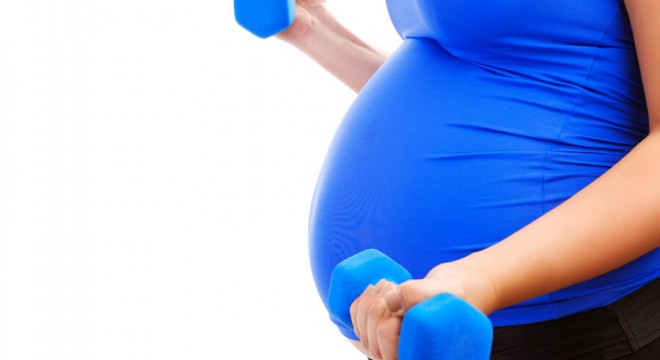The Fitness Zone

Need Additional Fitness Qualification to Train Pregnant Clients?
Australian Institute of Fitness Brisbane Fitness Coach, Josh Stein, lays down the law (and some common sense) when it comes to training a pregnant client.
Let’s establish a scenario:
A PT has been training their female client for 18 months. The client misses a few early morning sessions due to sickness. Before the next session the client informs the PT that she is pregnant, but would like to continue training with her favourite PT during her pregnancy.
What do you as the trainer do from here? Do you require extra qualifications, complete a pre-natal exercise course? What should you consider?
In the past, women were recommended to avoid exercise as it was suggested to be harmful. However, since then there has been an abundance of research that clearly suggests that exercise during pregnancy results in a profound number of health benefits for both mother and child.
There are a number of things to consider before exercising your pregnant client, but the good news is that as long as you are at least Certificate 3 and 4 qualified and have up to date insurance and registration, you are covered to train your client during her pregnancy.
Initially you should seek clearance from your clients’ doctor that she has no contraindications to exercise. Once granted clearance to exercise, you should follow the guidelines for exercise outlined by The American College of Obstetricians and Gynaecologists (ACOG).
The ACOG guidelines suggest the following exercise guidelines should be followed:
Cardiovascular
At least 30 mins of exercise on most, if not all, days of the week can benefit health during pregnancy. Intensity should be 60-70% of maximal heart rate for those who do not engage in regular exercise before pregnancy, and up to 85% max heart rate for those who are physically active.
Resistance
One to two sessions per week of muscular strength/endurance training on non-consecutive days using up to 8 – 10 exercises and higher reps in the range of 12-15.
The following programming advice should be followed as well to ensure you maintain a safe environment for your client:
- Avoid prolonged and overly strenuous exercise
- Manage your clients temperature and avoid exercise in hot environments
- Encourage a high carbohydrate intake with exercise
- Low impact activities to prevent loading of the pelvic floor – encourage involvement in Kegel’s and other pelvic floor exercises.
- No supine exercises – the baby can block the descending vena cava while supine.
- Do not start a pregnant client on a weight training program unless they have previous weight training experience.
Read more articles
Disclaimer: Where Certificate III in Fitness, Cert III/Cert 3, or Fitness Coach is mentioned, it refers to SIS30321 Certificate III in Fitness. Where Certificate IV in Fitness, Cert IV/Cert 4, or Personal Trainer is mentioned, it refers to SIS40221 Certificate IV in Fitness. Where Master Trainer Program™ is mentioned, it refers to Fitness Essentials and SIS40221 Certificate IV in Fitness. Where Master Trainer Plus+ Program™ is mentioned, it refers to SIS30321 Certificate III in Fitness and SIS40221 Certificate IV in Fitness. Where Certificate IV in Massage or Cert IV/Cert 4 is mentioned, it refers to HLT42021 Certificate IV in Massage Therapy. Where Diploma of Remedial Massage is mentioned, it refers to HLT52021 Diploma of Remedial Massage.











